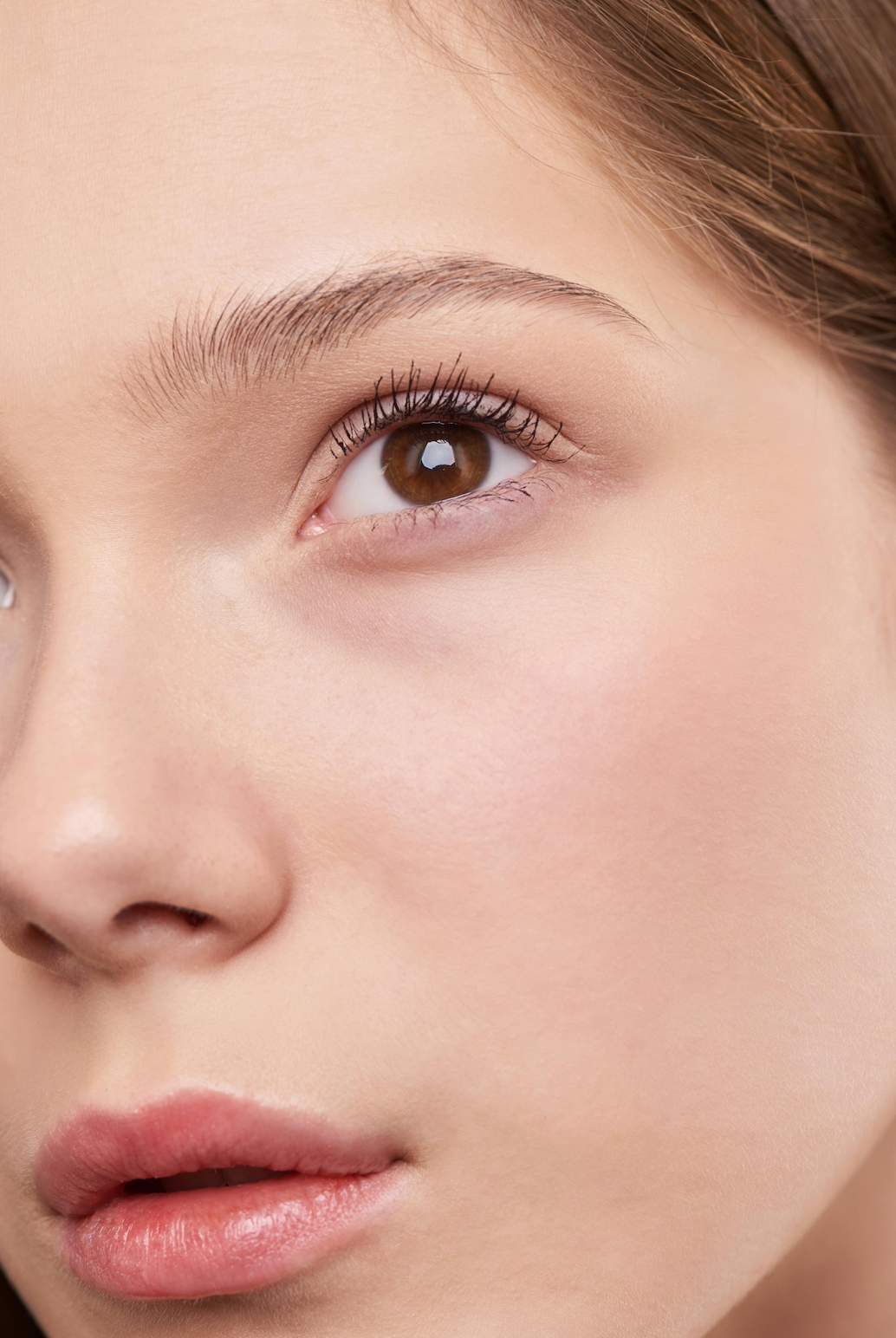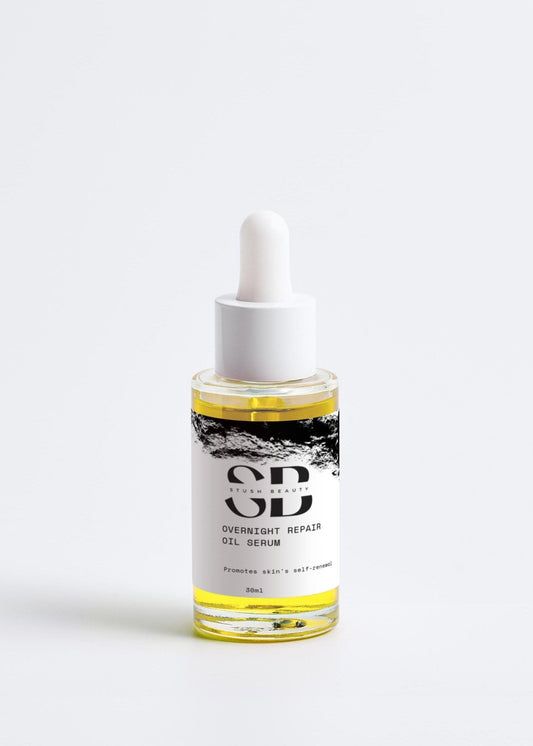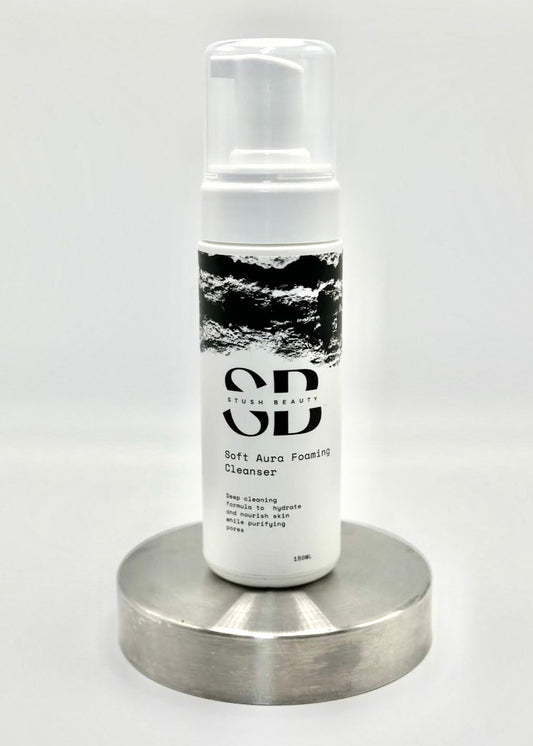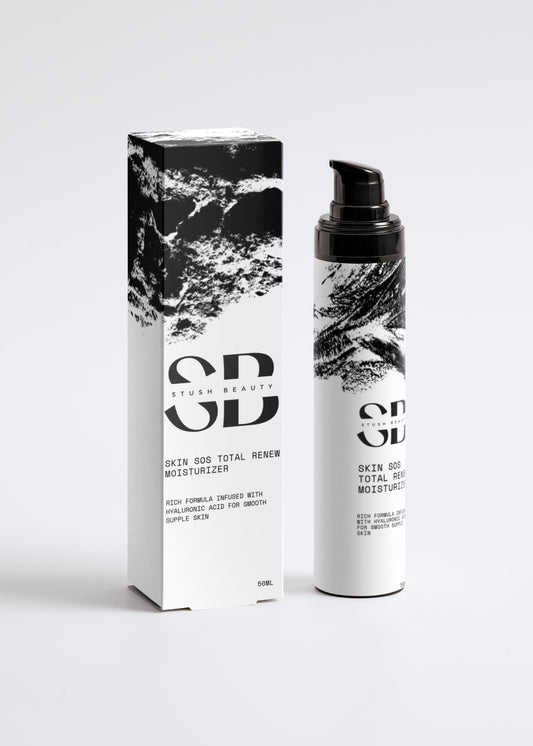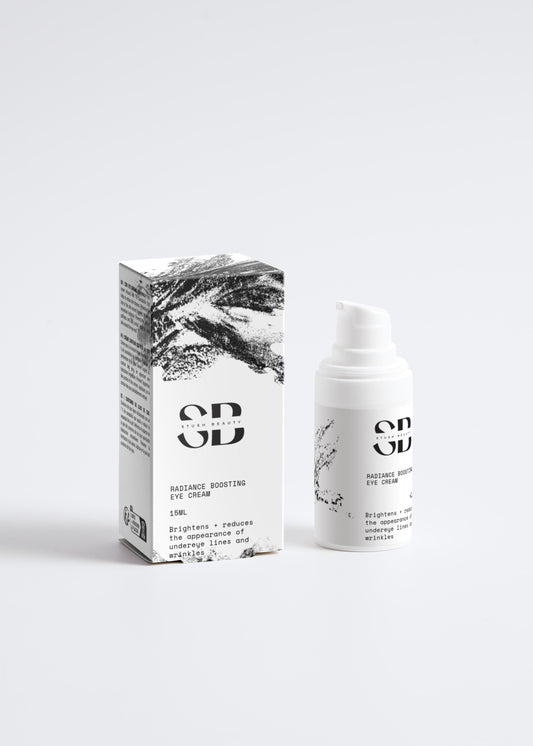From retinol to hyaluronic acid, enthusiasts are always on the lookout for potent compounds that can transform their complexion. Among these, mandelic acid has been steadily gaining popularity for its remarkable benefits and versatile uses in skincare routines. Let's delve into the science behind mandelic acid and explore why it's becoming a staple in the beauty cabinets of many.
Understanding Mandelic Acid:
Mandelic acid is an alpha hydroxy acid (AHA) derived from bitter almonds. Unlike some other AHAs, such as glycolic acid, mandelic acid has larger molecular structures. This unique feature makes it less irritating and suitable for various skin types, including sensitive and acne-prone skin. Its molecular size also means it penetrates the skin more slowly, resulting in gentler exfoliation.
The Benefits of Mandelic Acid:
-
Gentle Exfoliation: Mandelic acid works by dissolving the bonds between dead skin cells, allowing them to be shed more easily. This gentle exfoliation helps to brighten the complexion, refine skin texture, and promote cell turnover without causing irritation.
-
Acne Treatment: Mandelic acid possesses antibacterial properties, making it effective in combating acne-causing bacteria. It also helps to unclog pores, reducing the occurrence of whiteheads and blackheads. Additionally, its exfoliating properties can fade acne scars and hyperpigmentation over time.
-
Anti-Aging Properties: As an AHA, mandelic acid stimulates collagen production in the skin, which can improve elasticity and firmness. Regular use can diminish the appearance of fine lines, wrinkles, and uneven skin tone, resulting in a more youthful complexion.
-
Brightening Effect: Mandelic acid inhibits melanin production, making it an excellent choice for treating hyperpigmentation, dark spots, and melasma. It promotes a more even skin tone and a radiant glow.
-
Safe for Sensitive Skin: Due to its larger molecular size and gentle nature, mandelic acid is well-tolerated by sensitive skin types. It is less likely to cause redness, stinging, or inflammation compared to other AHAs, making it a suitable option for those with delicate skin.
How to Incorporate Mandelic Acid into Your Skincare Routine:
-
Cleansers: Mandelic acid cleansers provide a gentle daily exfoliation, removing impurities and dead skin cells without stripping the skin's natural moisture barrier.
-
Serums: Serums containing mandelic acid can be applied after cleansing to target specific concerns such as acne, hyperpigmentation, or aging. Start with a lower concentration and gradually increase frequency as your skin adjusts.
-
Peels: Mandelic acid peels are available in varying strengths and can be performed by a skincare professional to deliver deeper exfoliation and more dramatic results. However, at-home peel products with lower concentrations are also available for convenient use.
-
Spot Treatments: For targeted treatment of acne spots or hyperpigmentation, apply a small amount of mandelic acid solution directly onto the affected areas.
-
Sun Protection: As with any exfoliating skincare ingredient, it's essential to use sunscreen daily to protect the skin from UV damage and prevent sun sensitivity.
Conclusion:
Mandelic acid is a versatile and effective skincare ingredient with a range of benefits, from gentle exfoliation to acne treatment and anti-aging properties. Its suitability for sensitive skin sets it apart from other AHAs, making it an excellent choice for those looking to achieve radiant, healthy skin without irritation. Whether you're dealing with acne, hyperpigmentation, or simply seeking a brighter complexion, mandelic acid could be the key to unlocking your skincare goals.
